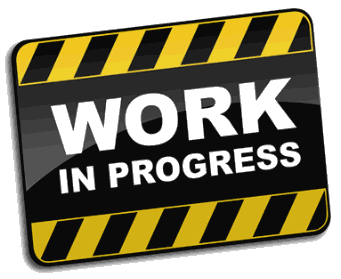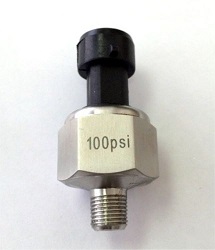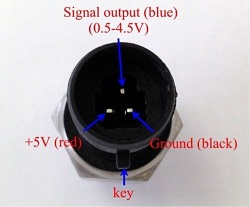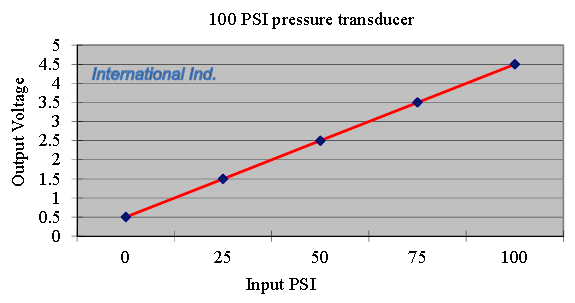Analog Pressure sensor
Jump to navigation
Jump to search
It is not too difficult to connect an analog sensor to the ESP, but there are a number of issues to be addressed.
Some on board ADCs have a range from 0 ~ 1 volt, others from 0 ~ 3.3 volt. The on board ADC has a 10 bit accuracy. This means that a full scale 1 volt (or 3.3 volt) read as 1023. In spite of the high accuracy of the ADC, it operates in a very noisy environment. Don't expect high precision readings. There are many more considerations. Just take a few minutes to read this posting as an example. [1]
you want to measure pressure of liquids like oil or water, you could buy one of the pressure sensors on the internet, like this one:
It is very easy to install, has an analog output and a linear conversion. There are however a number of challenges:
1 If you want to measure pressure in Bar, how is it converted from PSI 2 How can voltages higher than 1.0 or 3.3 volts be measured with the on-board ADC 3 How can you make sensible readings with ESPEasy
Ad. 1 With one of the many freely available converters on the internet, you can easily discover that 1 Bar (100.000 Pascal) equals to 14,5037737796859 PSI (pound per square inch). This sensor ranges from 0 to 6,89475729 Bar. Ad. 2 It only takes a simple network of resistors to match measured voltages to the input specifications of the ESP8266 Ad. 3 This takes some calculation.



